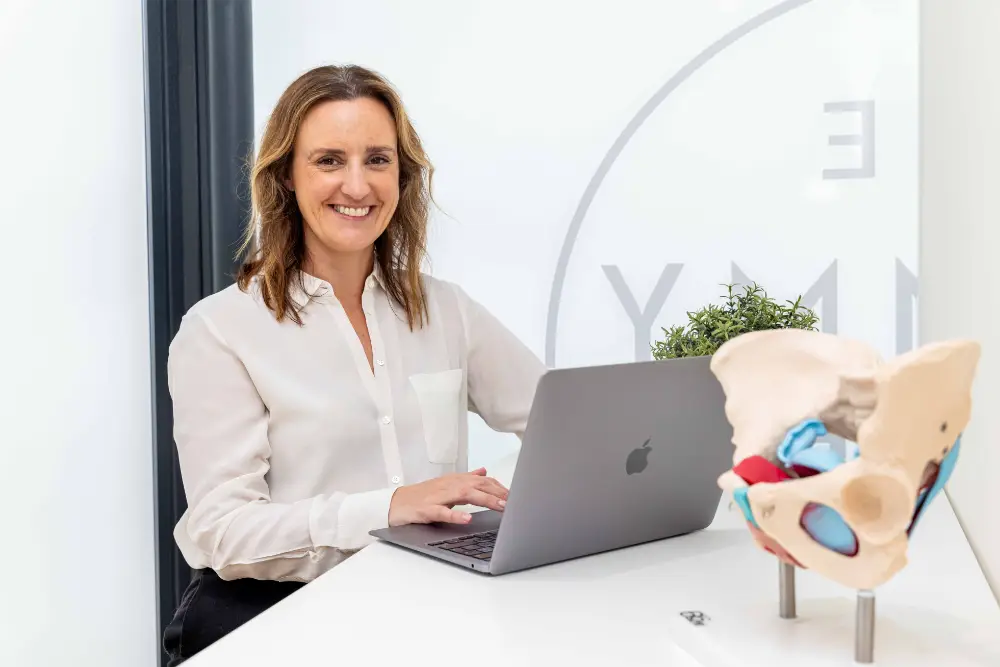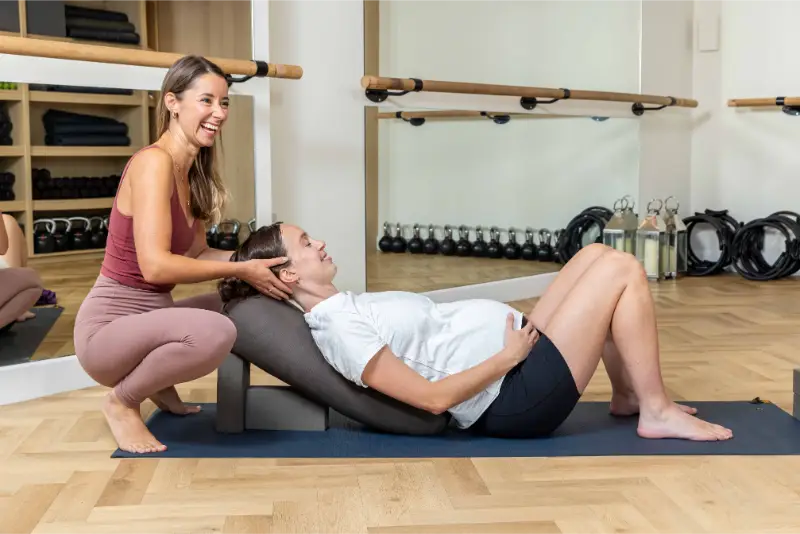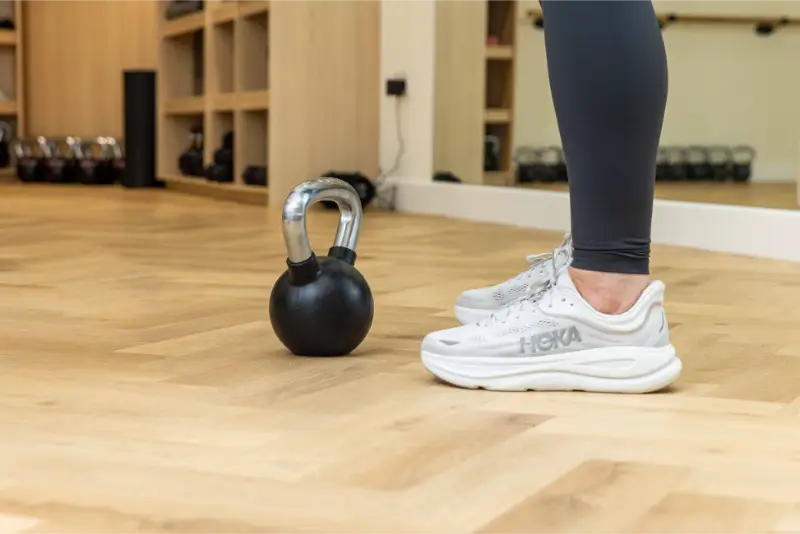- About Us
- Services
- Classes
- Conditions
- Pelvic Organ Prolapse
- Neck & Back Pain
- Sexual Dysfunction
- Pelvic Pain
- Bowel Dysfunction, Faecal Incontinence, Constipation
- Bladder Dysfunction, Urinary Incontinence
- Diastasis Recti
- Postnatal Rehabilitation
- Pelvic Floor Dysfunction
- Pelvic Girdle Pain In Pregnancy
- Management Of The Lactating Breast
- Scar Management
- Pricing
- Contact
- About Us
- Services
- Classes
- Conditions
- Pelvic Organ Prolapse
- Neck & Back Pain
- Sexual Dysfunction
- Pelvic Pain
- Bowel Dysfunction, Faecal Incontinence, Constipation
- Bladder Dysfunction, Urinary Incontinence
- Diastasis Recti
- Postnatal Rehabilitation
- Pelvic Floor Dysfunction
- Pelvic Girdle Pain In Pregnancy
- Management Of The Lactating Breast
- Scar Management
- Pricing
- Contact




















